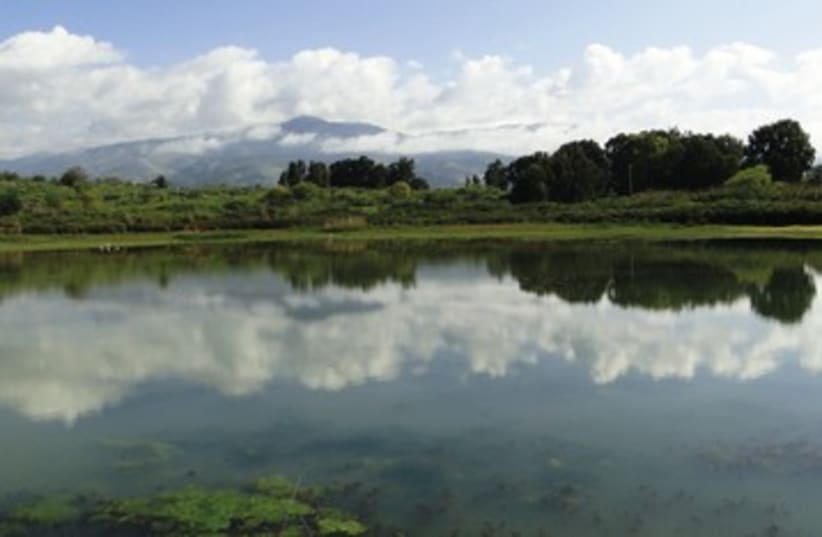The Society for the Protection of Nature in Israel (SPNI) submitted an appeal to the National Council for Planning and Building on Sunday against the approval of plans for an enormous housing project on former Israel Military Industries land in the Sharon region.Representatives of SPNI announced their decision to file the appeal on Monday morning at the organization’s Sixth Annual Jerusalem Environment and Nature Conference, held in Jerusalem in cooperation with the Environmental Protection Ministry, Israel Nature and Parks Authority and the Hebrew University of Jerusalem.The project in question, approved in August, would involve the construction of 23,000 housing units on 740 hectares of former IMI land in the Sharon region, and would disrupt over 373 species of plants, SPNI has long argued.
In Sunday’s appeal, the organization asks the council to nix the approval and instead redesign the site from scratch, in order to preserve the continuity of open spaces in the region.The former IMI site encompasses chunks of four local authority areas – Ramat Hasharon, Herzliya, Hod Hasharon and South Sharon Regional Council.Since the plan’s proposal, SPNI has been demanding that the Israel Lands Authority devise a new construction plan, which includes the establishment of a natural park for recreation and that would protect the hundreds of rare plant species found at the site.“Natural assets are a public resource and can serve as a center of educational activities and public events for many residents,” the appeal says.Rather than following through with the current plans, the government should make use of “an unprecedented opportunity” for conservation and cultivation of natural spaces that would have no parallel in the Tel Aviv region, the document continues.“This park would ensure the existence of many wild plants, some of them endangered, and no less importantly would allow for hikes, recreation and education in nature, close to home,” the appeal says.“It would bring a higher quality of life for hundreds of thousands of residents living in nearby towns, as well as millions of residents of central Israel.”Society for the Protection of Nature in Israel appeals mega-housing project in Sharon area
23,000 housing units on former IMI land would disrupt over 373 species of, SPNI says.
